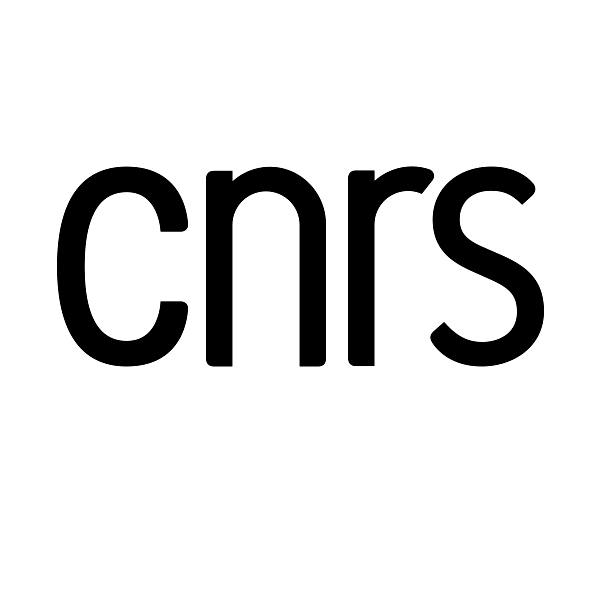Le 29 juin 2017
de 11h00 à 11h30
Le Patio (université de Strasbourg)
22 rue René Descartes, 67000 Strasbourg
salle 3206
Séance - Schenkerian, Riemannian, and Neo-Riemannian Theories
Pré-acte / Acte
Auteur : Hiroko Nishida
In American music theory, since the 1970s, the establishment of various societies and specialized journals has triggered the diversification of methods. Among the diffusing methods, Schenkerian theory has dealt primarily with classical tonal music, while Neo-Riemannian theory is an analytical tool for post-tonal and late Romantic music. Despite such a fundamental difference, the integration or differentiation of the theories has been suggested in several studies (Samarotto 2003, Hook 2007, Goldenberg 2007, Rings 2007, Baker 2008). This case study examines the claims made by these studies, and clarifies the effects of the methodological arguments that advocate a new theory over an existing one. The effects are twofold: first, enabling heuristic interpretations through a hybrid theoretical framework by quasi-integration and second, displaying the capacity of one theory by explaining the revelations of the other. In other words, a series of arguments stems from the methodological difference between the theories: theories differ in setting as an end objective, the renewal of the interpretation of musical pieces or the evocation of a new theoretical model. This questions the methodological “robustness” of a theory that enables a meta-level discussion of theory and analysis as a philosophy of music theory.







